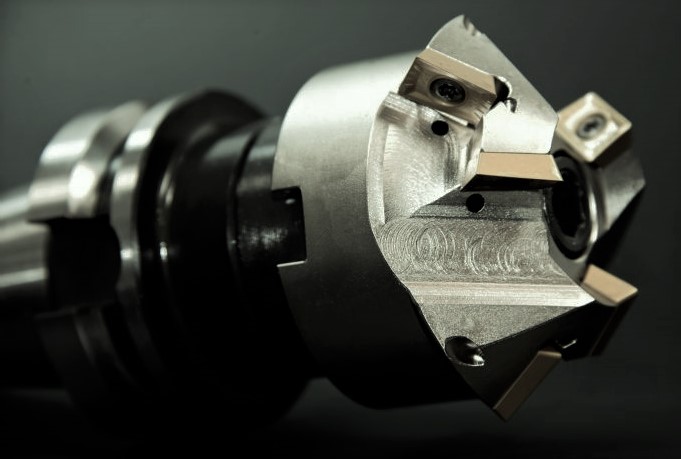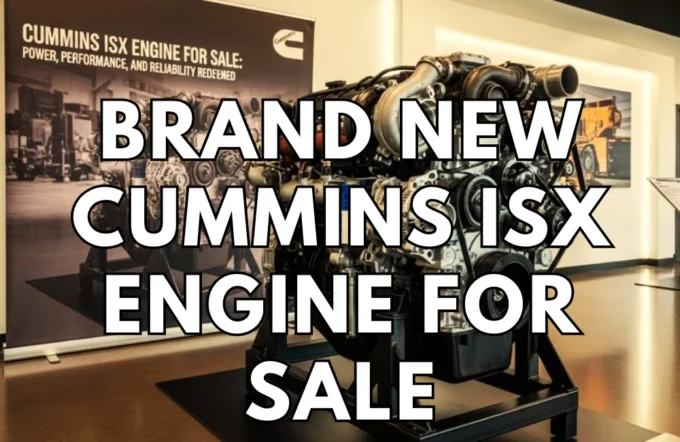Purchasing second-hand industrial equipment can be a savvy financial move, offering you the benefits of significant cost savings while still acquiring machinery that meets your needs. However, navigating the market for used industrial machinery requires insight and careful consideration to ensure you’re making a wise investment. Here are ten invaluable tips to guide you through the process of buying second-hand industrial equipment, ensuring you get the best value and performance.
1. Understand Your Requirements
Before diving into the marketplace, it’s crucial to have a clear understanding of your specific needs. What tasks will the equipment perform? What features are essential? Understanding your requirements will help you identify the right type of machinery and avoid paying extra for features you don’t need.
2. Research and Compare
Once you know what you need, delve into research. Compare different brands, models, and their features. Look for reviews and feedback from other users to get a sense of the equipment’s reliability and performance. This step is vital in making an informed decision.
3. Inspect the Equipment Thoroughly
When considering second-hand machinery, a thorough inspection is crucial. Check for wear and tear, rust, and any signs of repair. If possible, operate the machine to ensure it functions correctly. Don’t hesitate to bring along an expert or a knowledgeable colleague to help with the inspection.
4. Inquire About the Equipment’s History
Understanding the history of the equipment can provide valuable insights into its condition and potential longevity. Ask about its previous applications, maintenance records, and any past repairs or issues. This information can help you gauge how well the equipment has been cared for and what kind of service life you might expect.
5. Consider the Seller’s Reputation
Whether you’re buying from a dealer or a private seller, it’s essential to consider their reputation. Look for reviews or ask for references to ensure they’re reliable and trustworthy. A reputable seller should be transparent about the equipment’s condition and history.
6. Check for Warranties or Guarantees
While second-hand equipment often comes without the warranties available with new purchases, some sellers might offer limited guarantees or return policies. These can provide an extra layer of security and peace of mind in your investment.
7. Factor in Additional Costs
Beyond the purchase price, consider any additional costs associated with the equipment. This might include transportation, installation, necessary repairs, or upgrades. Make sure to factor these into your overall budget to avoid any unwelcome surprises.
8. Assess Availability of Spare Parts
Ensure that spare parts for the equipment are readily available and not obsolete. Difficulty in sourcing parts can lead to increased downtime and higher maintenance costs, undermining the initial savings of buying second-hand.
9. Negotiate the Price
Don’t hesitate to negotiate the price. Second-hand markets often have more room for negotiation compared to new equipment sales. Armed with your research and the equipment’s inspection results, you’re in a strong position to negotiate a fair price.
10. Plan for Future Needs
While your current needs are paramount, consider how the equipment might fit into your future plans. Will it be adaptable or upgradable to meet potential changes in your business? Ensuring the equipment can grow with your needs will enhance its value to your operations.
Conclusion
Buying second-hand industrial equipment is a smart way to stretch your budget while fulfilling your operational needs. By following these ten tips, you can navigate the market confidently, making informed decisions that lead to successful and cost-effective acquisitions. Remember, the goal is to find machinery that not only meets your current requirements but also offers reliability and longevity, maximizing your investment in the world of used industrial equipment.

















Leave a comment